When we talk about art, we instinctively think of all those figurative expressions such as painting, sculpture and architecture and their derivatives that have defined those models of beauty that have profoundly marked our aesthetics and morals.
Distinguishing what is beautiful from what is ugly, we know, is a game that philosophers and thinkers of all times have tackled, demolished and reconstructed again and again, each one in dialogue with their own cultural environment and society. It is therefore useless to get lost in the rivulets of these complex and articulate ramblings.
However, there are places in this world that have the power to touch our soul with grace and simplicity, conquering the hearts of their beholders.
People often say that the whole Italy is like a giant garden, and it is undoubtedly so, but there are historical gardens and parks that are particularly worth a visit.
Designed by men, these green monuments are capable of enhancing the aesthetic beauty of great villas and stately homes that still today dot the Italian peninsula.
Strolling along their avenues, surrounded by the colours of the plants and the scents of the flowers, lords and nobles of the past made important decisions and indulged in the most frivolous pleasures of life.
Grazzano Visconti Castle (Piacenza)
Where: Viale del Castello, 2 | Grazzano Visconti (Piacenza)
Admission: paid
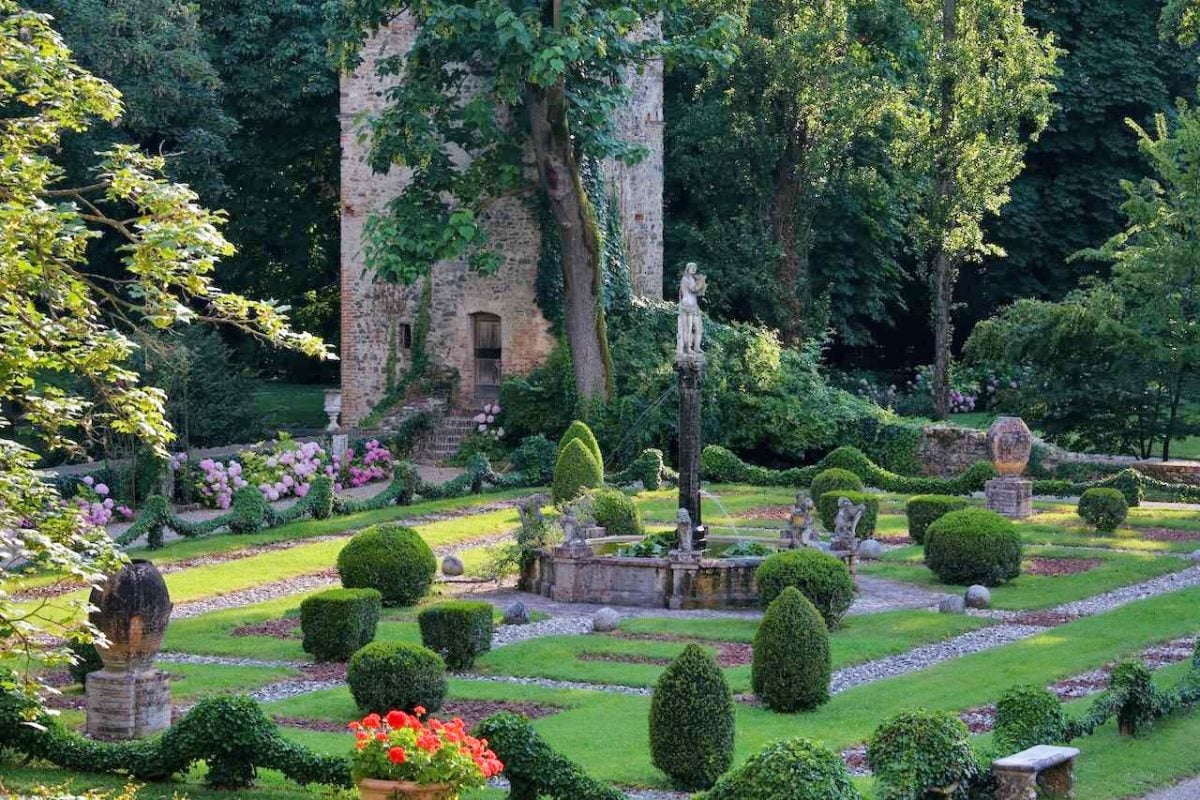
Renovated at the beginning of the 20th century by Duke Giuseppe Visconti from Modrone, father of the famous film director Luchino Visconti, the medieval village of Grazzano Visconti is surrounded by an amazing 150.000 hectares-wide park.
The garden, guarded like a treasure, is a peaceful place, ready to surprise those who take a stroll down its paths with its eclectic shapes.
Inside, the flowing water of the Rio Grazzano is the perfect melody to accompany the combination of a typical symmetrical Italian or French garden and the romance of an English park.
Ducal Palace of Colorno (Parma)
Where: Piazza Garibaldi, 21 | Colorno (Parma)
Admission: free admission to the garden. Paid admission to the Palace with a fee.
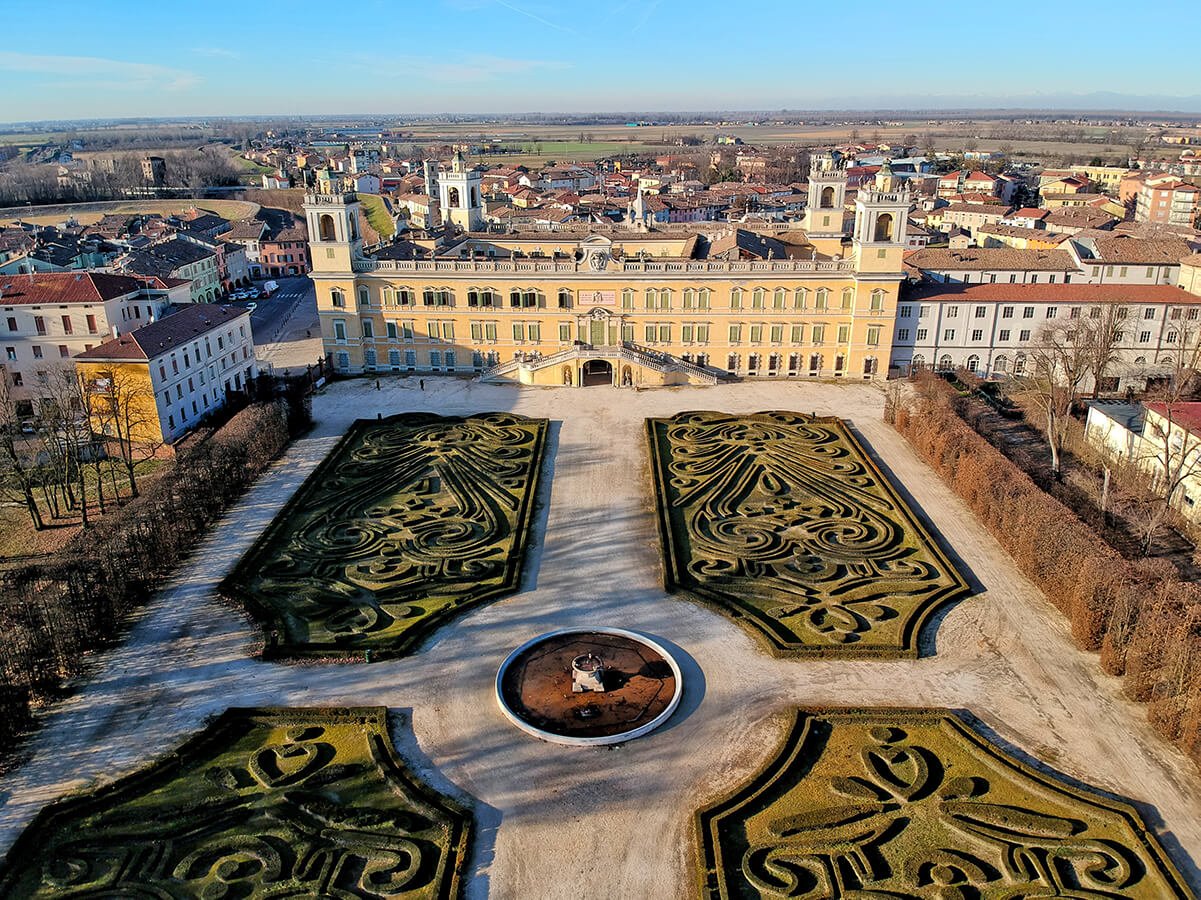
A fascinating mix of history and style: this is what you get from a first glance to the Ducal Palace of Colorno, known by many as the ‘Versailles of Parma’ .
The signs of past projects, dynasties and changes – some of which also drastic and tragic – it underwent over the centuries are all over its walls.
After the big renovation works carried out in the late 1990s, it was brought back to its original state, including the French-style garden and the big 18th-century Romantic garden on the back.
Behind it, the 19th-century park with its romantic style is in line with the entire complex, marking this site out as one of the must-visit places in Emilia-Romagna.
Labirinto della Masone (Parma)
Where: Strada Masone, 121 | Fontanellato (Parma)
Admission: paid
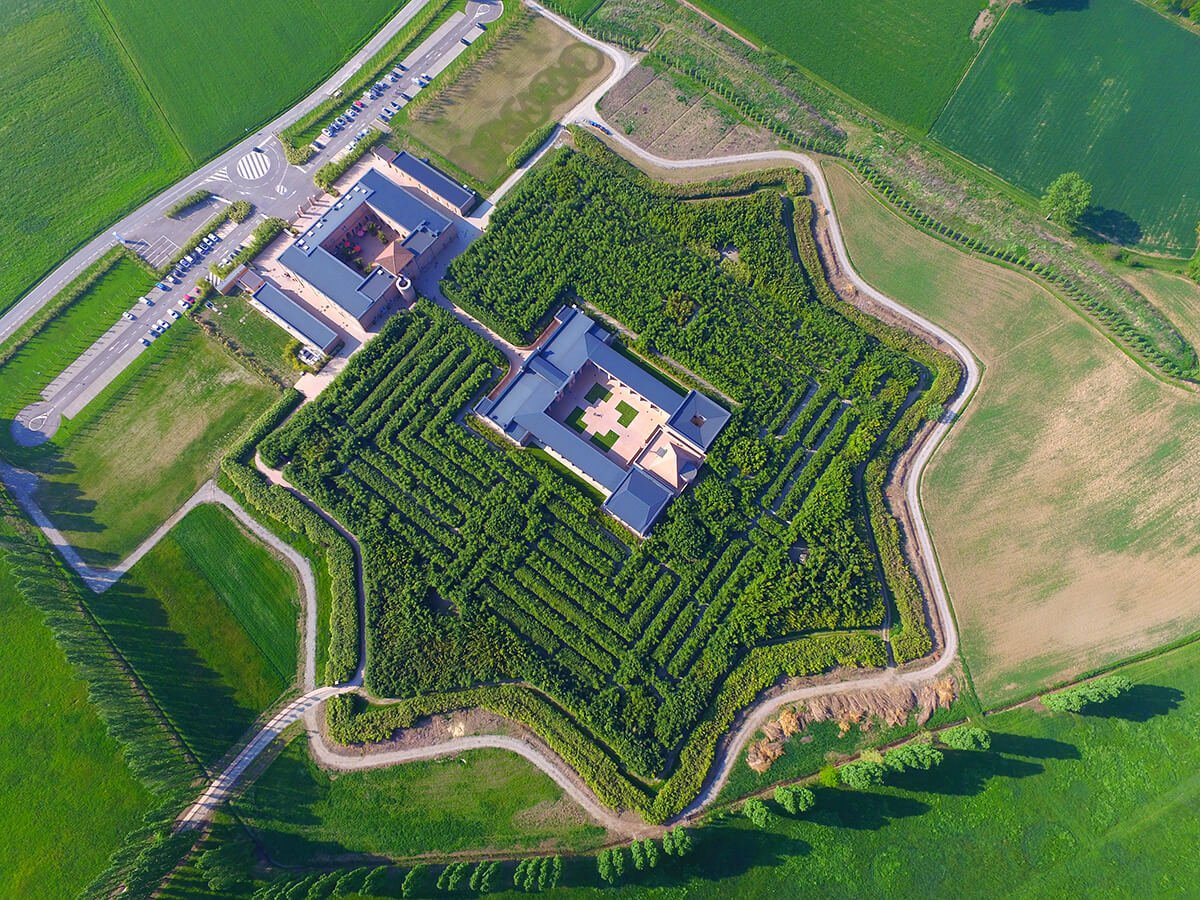
This amazing star-shaped garden is adorned with over 200 thousands bamboo plants of 20 different species.
Labirinto della Masone is the biggest labyrinth in the whole world, made up of plants ranging from 30 centimetres to 15 metres of height.
Its creator and designer Franco Maria Ricci spent almost 10 years to make his vision come to life, and today the labyrinth is accessible to the public through to a 3-km long trail where visitors can get lost and find themselves thanks to the power of nature and art.
Museo Giardino della Rosa Antica (Modena)
Where: Via Giardini Nord, 10250 | Montagnana di Serramazzoni (Modena)
Admission: paid
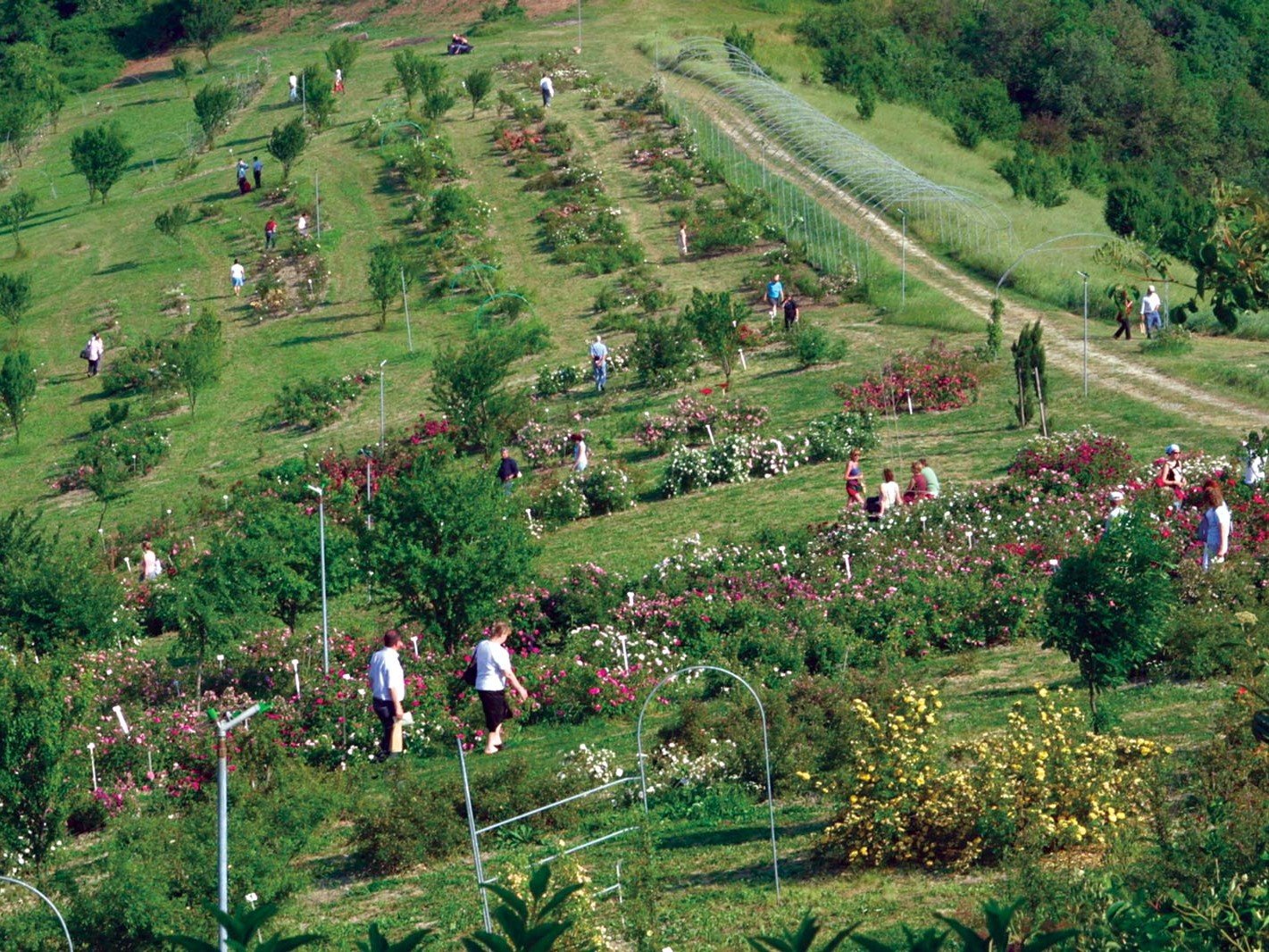
Among the hills of Modena, where once pasture lands once grew, now stands one of the greatest collections in the world of ancient roses.
We are talking of about 800 different species of roses that, thanks to guided tours and sensorial trails, can be admired and appreciated by everyone from close up.
Today, this green area is an international reference point for botanists, landscape architects, connoisseurs and many people who, for various reasons, dedicate time and passion to this flower and its magical, evocative and poetic world.
Giardino di Palazzo di Varignana (Bologna)
Where: Via Ca’ Masino, 611/A | Castel San Pietro Terme (BO)
Admission: paid, booking is compulsory.
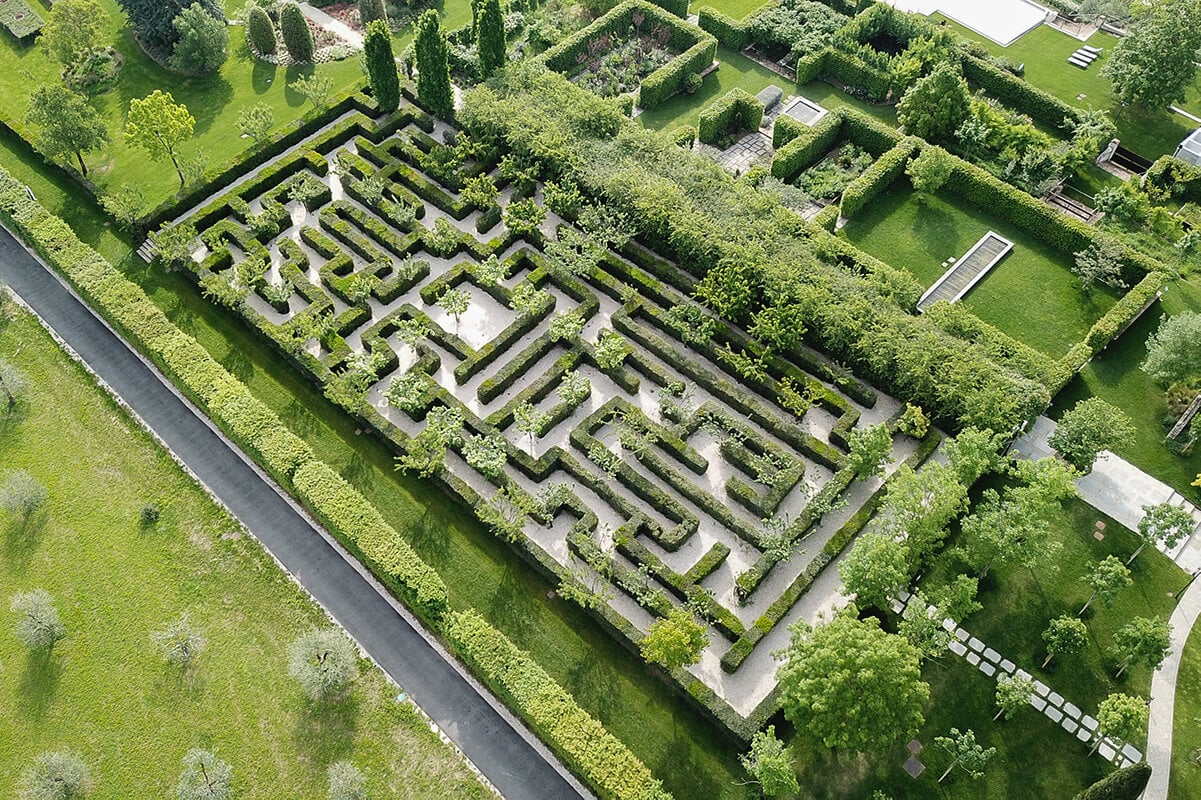
A 3-hectare wide surface where countryside and nature harmoniously blend together with the beauty of the Palazzo di Varignana resort.
Embraced by the beautiful landscape of the hills around Bologna, this extraordinary project of redevelopment designed by landscape architect and botanist Antonio Perazzi creates a perfect fusion of botanical, agronomical and architectural knowledge.
Villa La Babina
Where: CLAI – Via Sasso Morelli, 40 | Imola (Bologna)
Admission: paid, booking is compulsory
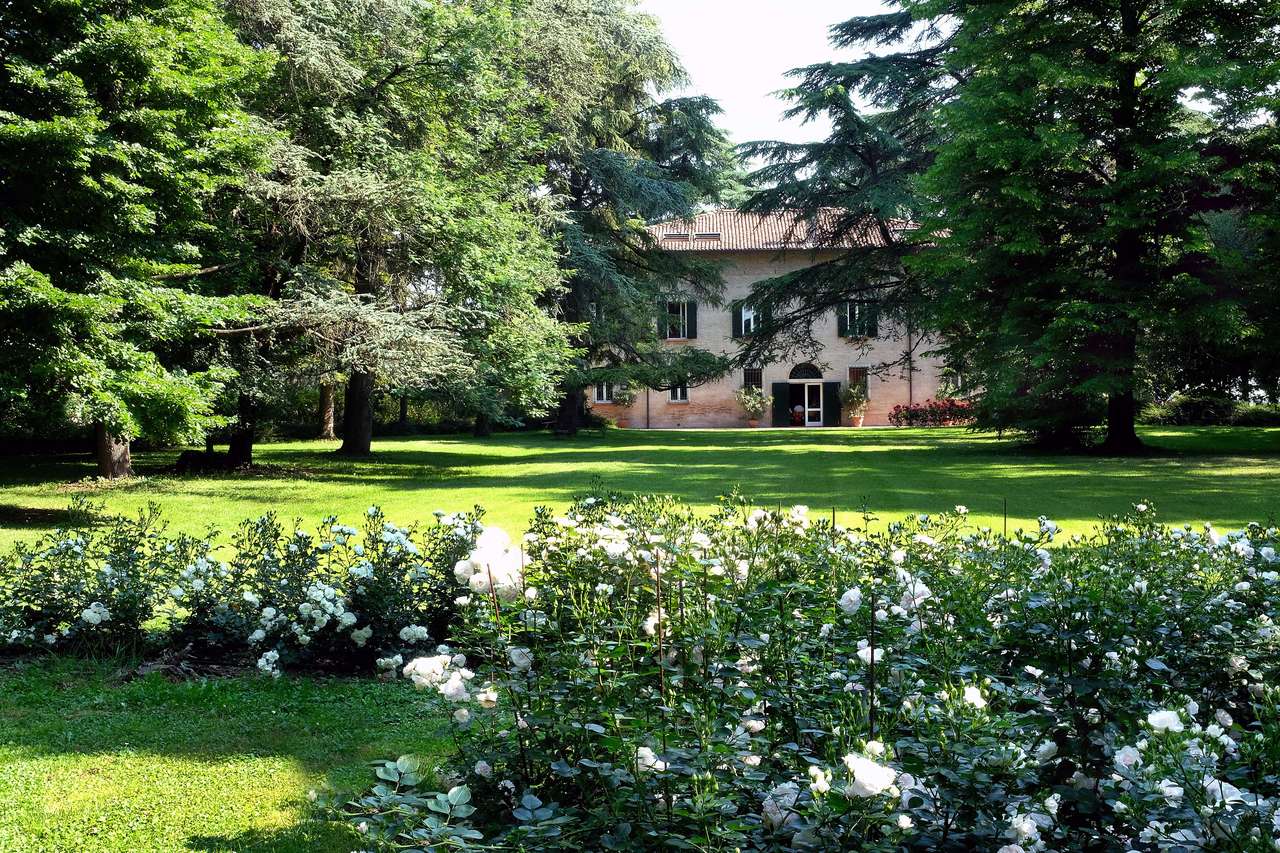
Located in the middle of nature in the countryside of Imola, the beautiful green oasis of Villa La Babina is one of the typical stately homes of the 19th century that once dotted the entire plain around Bologna.
The structure perfectly blends with the rural landscape and is characterised by wide lawns from which big monumental trees stand out.
Since 1999, along with the late-18th-century villa, it is owned by the CLAI cooperative, which has worked very hard to recover the building and to make it accessible through guided tours and events.
Villa Montericco Pasolini
Where: Via Montericco, 10 | Imola (Bologna)
Admission: paid (only upon reservation)
The Pasolini Dall’Onda family has been the owner of this villa immersed in the fields and orchards of the countryside around Imola for centuries.
Originally, it only consisted of a 15th-century defensive tower, but over time it has become a magnificent stately home with gardens, woods inhabited by deer and pheasants and an agricultural estate dedicated to the production of exquisite wines.
Palazzo Fantini
Where: Via XX Settembre, 81 | Tredozio (Forlì/Cesena)
Admission: paid (only upon reservation)
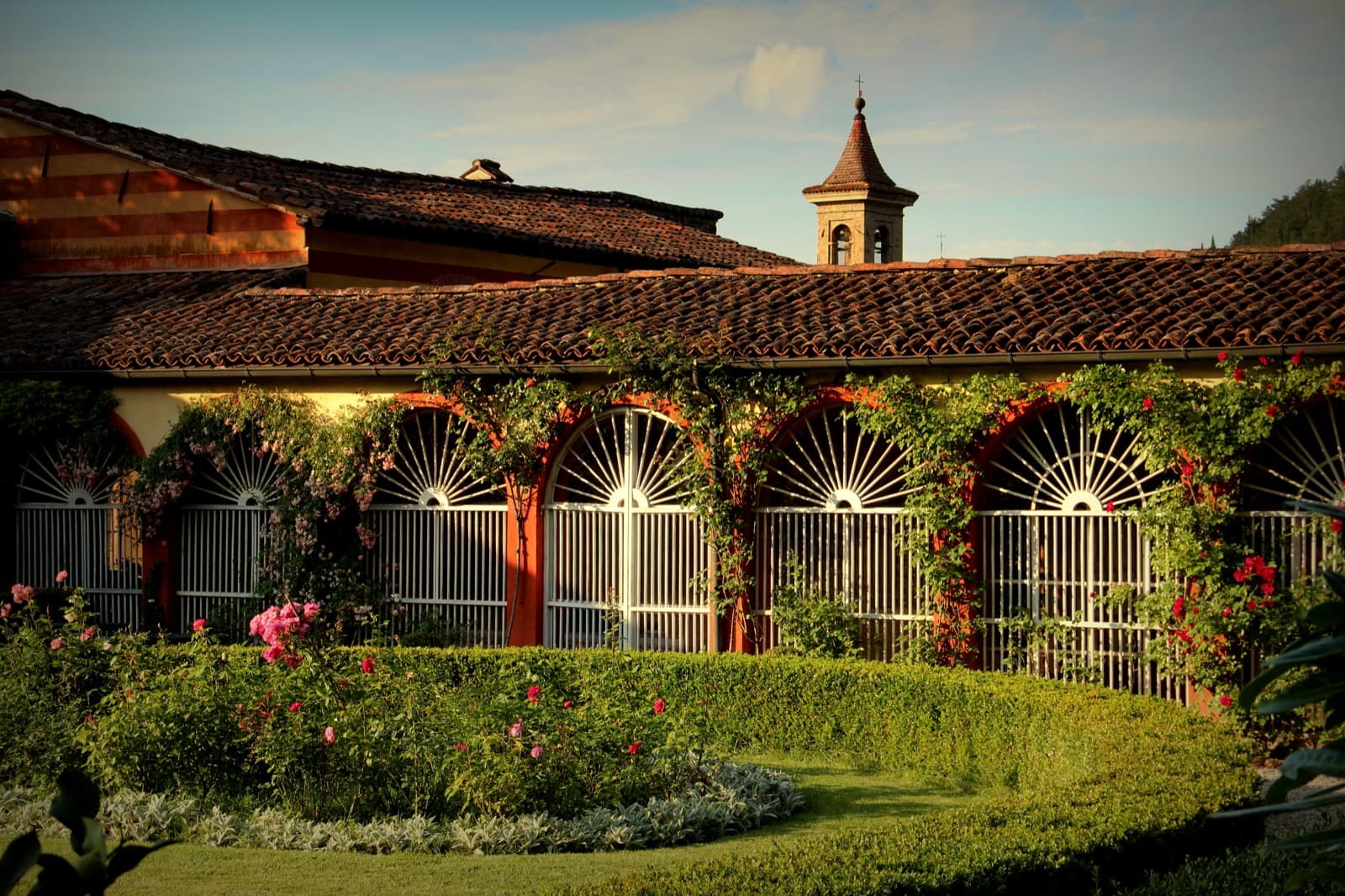
On the border between Romagna and Tuscany, the stately home in late Roman Baroque-style of Palazzo Fantini guards a very neat garden with 19th-century and Romantic details.
If you cross its gates, you will immediately enter a big park in an all-Italian style enriched with flowerbeds, topiary, rose gardens and ancient flowers.
Colours and scents add charm and delight to this wonderful location, which is an ideal place for events, exhibitions, as well as for a break from the rush of life.
This list of historical gardens and parks was realised with the support of the network of excellence set up by the Grandi Giardini Italiani association. This network has been collecting the most beautiful gardens in Italy since 1997, and promoting the so-called Horticultural Tourism.
However, there is a greater number of public parks and historical gardens to be visited and enhanced throughout the Emilia-Romagna region.
The database of parks and gardens of the Emilia-Romagna region is, in this regard, a fundamental starting point especially for those who have the desire, pleasure and curiosity to delve into this topic.
Author

Davide Marino
Davide Marino was born archaeologist but ended up doing other things. Rational – but not methodic, slow – but passionate. A young enthusiast with grey hair
You may also like
5 natural spots to discover in Emilia-Romagna
by Elisa Mazzini /// September 19, 2016
1. The most beautiful waterfalls in Emilia-Romagna
by Elisa Mazzini /// March 29, 2018
Breathtaking landscapes in Romagna… and where to find them
by Davide Marino /// August 6, 2018

Interested in our newsletter?
Every first of the month, an email (in Italian) with selected contents and upcoming events.
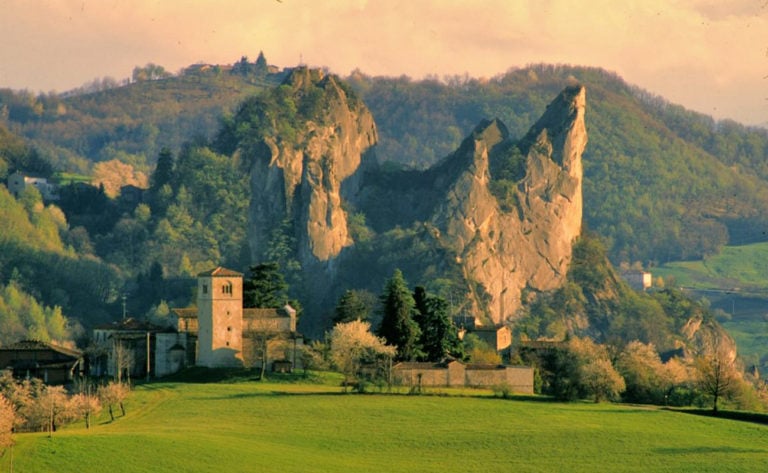
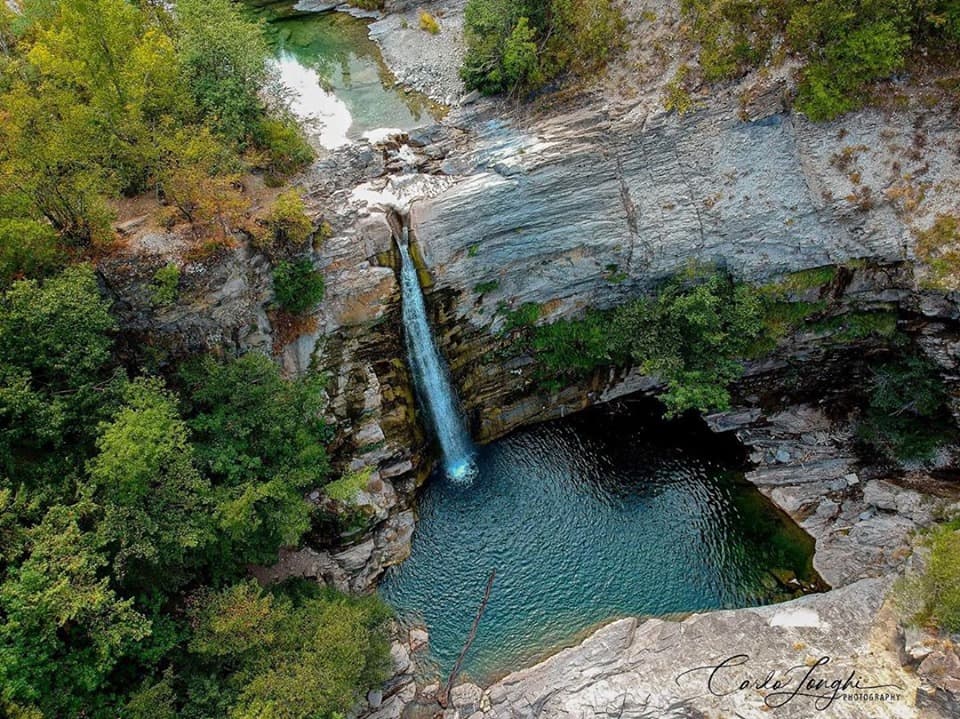
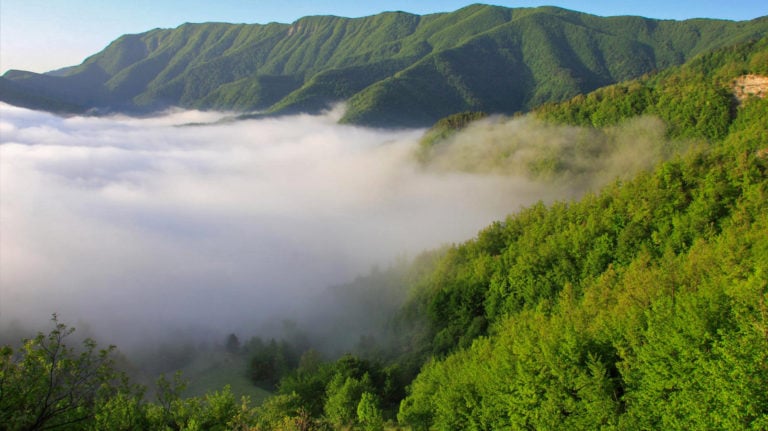
Silvia
C’è anche il Parco Romantico della Fondazione Magnani Rocca, a Mamiano di Traversetolo. Luogo incantevole…E ci sono anche i pavoni! 😉
https://www.magnanirocca.it/il-parco-romantico/